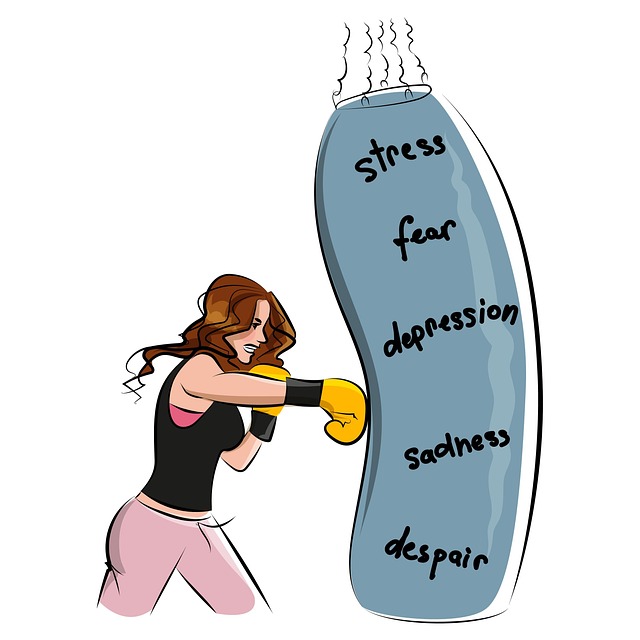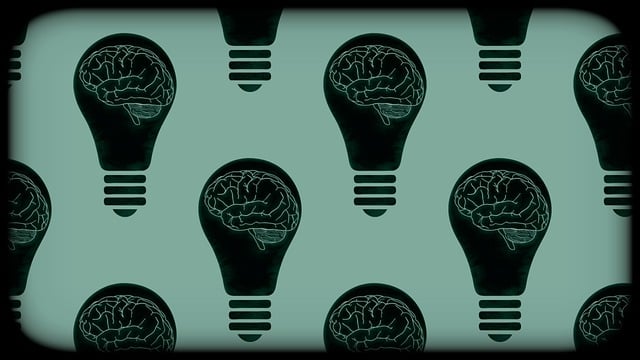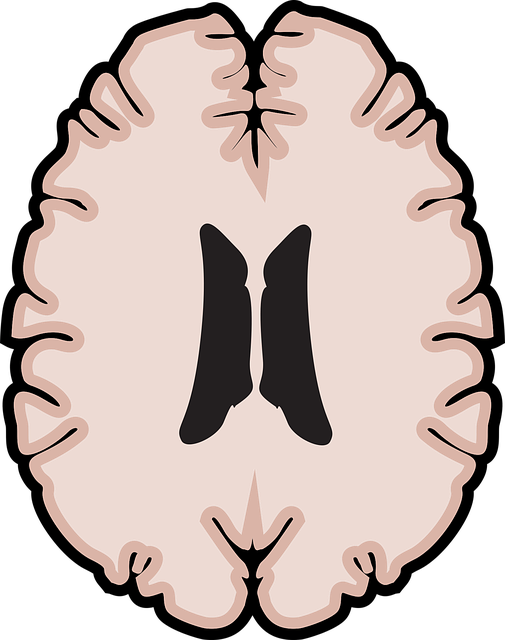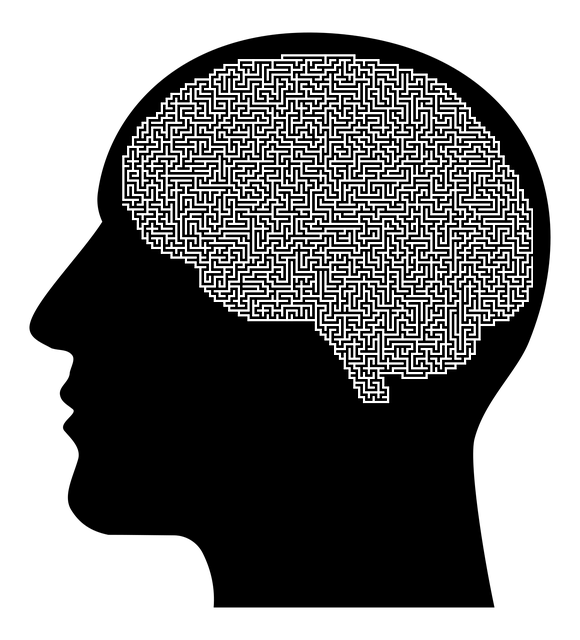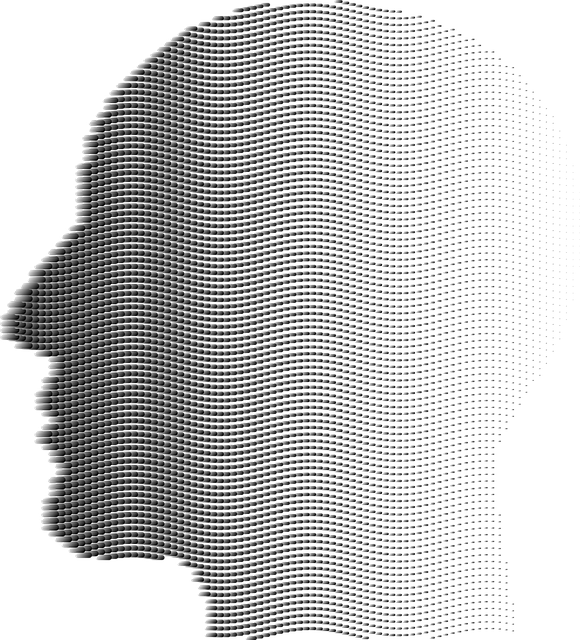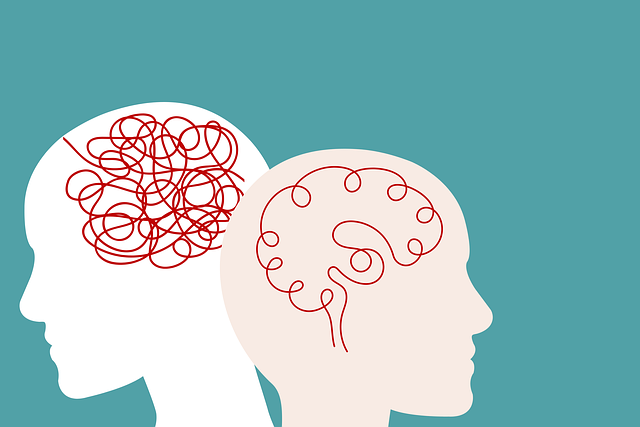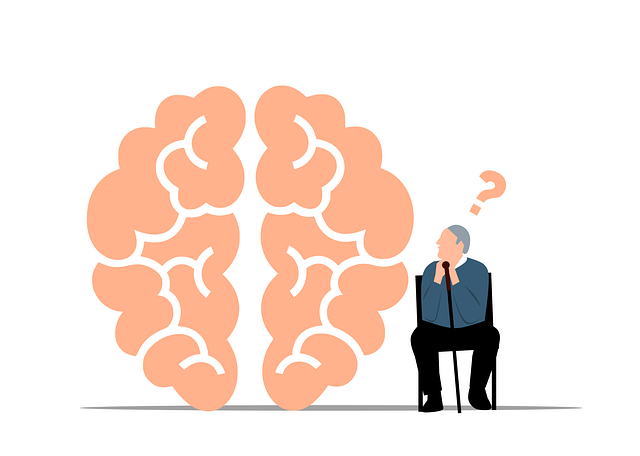Cultural competency training for healthcare providers, emphasizing holistic approaches like Somatic Experiencing (SE), significantly improves patient outcomes for adolescent teens from diverse backgrounds. SE therapy prioritizes the body's response to trauma, offering a holistic healing process through bodily awareness and senses reconnection. Incorporating SE in provider training enhances emotional intelligence, prevents burnout, and promotes mental wellness in teens, creating inclusive environments that build trust in the healthcare system. Effective strategies cater to unique cultural backgrounds and challenges faced by young patients.
“Cultural competency in healthcare is essential for providing quality, patient-centered care, especially when treating adolescent teens. This article explores the critical need for cultural sensitivity training among healthcare providers and delves into innovative therapeutic approaches like Somatic Experiencing, designed to address trauma in young individuals.
We discuss effective training methods and best practices to enhance cultural competency, focusing on strategies that go beyond surface-level understanding to foster genuine connections with diverse patient populations.”
- Understanding Cultural Competency in Healthcare: Why It Matters for Teen Patients
- Somatic Experiencing: A Therapeutic Approach to Addressing Adolescent Trauma
- Training Methods and Best Practices for Healthcare Providers to Enhance Cultural Sensitivity
Understanding Cultural Competency in Healthcare: Why It Matters for Teen Patients

Cultural competency in healthcare is a critical aspect that often goes unnoticed but significantly impacts patient outcomes, especially for adolescent teens. Understanding and respecting diverse cultural backgrounds, beliefs, and values are essential when providing therapy for young individuals. Teen patients come from various ethnic, racial, and socio-economic groups, each with unique experiences and perspectives that shape their health and wellness. For instance, a teen from a refugee background may have experienced trauma and cultural shock, requiring specialized care and communication strategies that go beyond the conventional.
When healthcare providers lack cultural competency, it can lead to miscommunication, misunderstandings, and even inappropriate treatment. This is particularly problematic in the context of somatic experiencing—a therapy focused on helping individuals process and release physical tension related to trauma. Effective crisis intervention guidance and anxiety relief techniques rely heavily on a provider’s ability to connect with patients from different cultures. By incorporating cultural sensitivity training, such as learning about various communication styles and adapting therapeutic approaches, healthcare professionals can create a safe and supportive environment for all teens seeking therapy, ensuring positive outcomes and fostering trust in the healthcare system.
Somatic Experiencing: A Therapeutic Approach to Addressing Adolescent Trauma

Somatic Experiencing (SE) is a therapeutic approach that focuses on addressing adolescent trauma by prioritizing the body’s response to stressful events. This method recognizes that emotional and physical symptoms are interconnected, offering a holistic healing process for young individuals who have experienced traumatic situations. By engaging their senses and bodily awareness, SE helps teens reconnect with their innate capacity for self-regulation and resilience.
Incorporating SE into healthcare provider training is valuable for several reasons, especially in the context of burnout prevention strategies for medical professionals. Understanding the role of the body in trauma healing can equip healthcare providers to offer more comprehensive support to adolescent clients. Additionally, integrating this technique into practice promotes emotional healing processes, potentially reducing symptoms associated with stress and trauma. SE’s effectiveness in enhancing mental wellness journaling exercises further underscores its potential as a valuable tool for both practitioners and the young people they serve.
Training Methods and Best Practices for Healthcare Providers to Enhance Cultural Sensitivity

Effective Healthcare Provider Cultural Competency Training involves a multi-faceted approach to enhance cultural sensitivity and improve patient care. One powerful method is incorporating Emotional Intelligence into training programs. By teaching healthcare providers to recognize and respond to emotional cues, especially in diverse adolescent populations, they can foster safer spaces for expression and therapy. This is particularly relevant in the context of Mental Health Awareness, as teens from varied cultural backgrounds may present unique challenges and needs.
Additionally, techniques like Somatic Experiencing offer valuable insights into the mind-body connection, helping providers understand and address the physical manifestations of trauma or stress in different cultures. This holistic approach ensures that healthcare professionals are equipped to provide tailored care, addressing not just the symptoms but also the underlying cultural influences on a teen’s emotional well-being.
Cultural competency training is a vital step in ensuring healthcare providers can offer effective support to adolescent patients from diverse backgrounds. By incorporating therapeutic approaches like Somatic Experiencing, which targets trauma often experienced by teens, healthcare professionals can create a safe and inclusive environment. Through practical training methods and best practices, providers can enhance their cultural sensitivity, thereby improving patient outcomes and fostering better relationships within the healthcare setting. This holistic approach to training equips providers with the skills needed to navigate complex cultural landscapes, ultimately providing quality care tailored to each teen’s unique needs.
